Pentax 100mm f/2.8 Macro Review: Great Quality in an Outdated Package
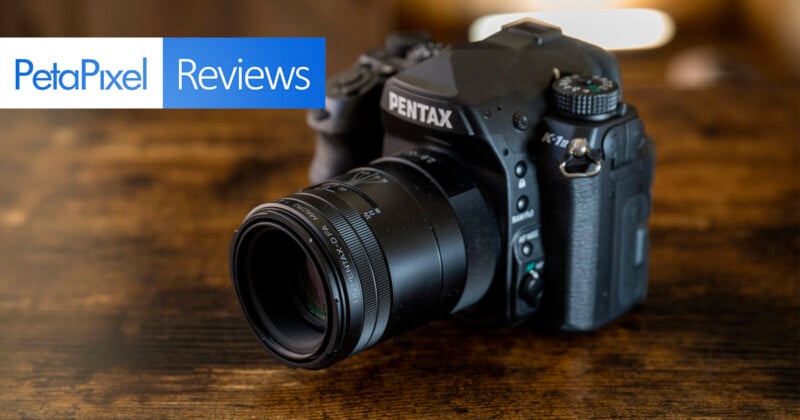
When it comes to macro photography, having the right lens is critical for achieving the best possible images. As such, the updated $547 HD D FA Macro 100mm F/2.8 ED AW from Pentax brings a refreshed optical formula optimized to work better with larger megapixel DSLR’s but, sadly, not much else.
The refreshed macro lens looks practically identical to the D FA 100mm f/2.8 WR Macro Lens from 2009 as Pentax basically just updated the elements inside, keeping the exterior the same other than the labeling. But while it looks the same on the surface, the new lens formula has proven to deliver some incredibly great macro photos, even if it is accompanied by an antiquated screw-driven telescopic focus system.
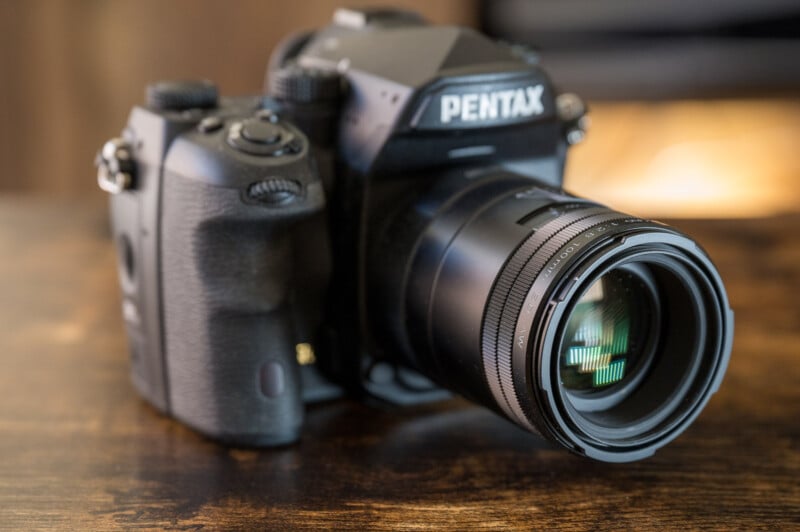
While it may not be perfect by modern and mirrorless standards, for Pentax users, this is the best macro option you can get.
Pentax 100mm Macro: Design and Build Quality
The HD Pentax-D FA Macro 100mm F/2.8 ED AW lens follows the path of its older sibling but it does feature an all-weather (AW) dustproof and weather-resistant design paired with what the company describes as the “latest optical design technology that optimizes image resolution and contrast (even wide open) to deliver clear, sharp, high-quality images” for Pentax users. The weather-sealed design makes this particular macro lens an ideal solution for those shooting outdoors, and it can function quite nicely in most weather situations with ease.
The weather seal on the lens includes six internal seals as well as an anti-smudge SP fluorine coating on the front lens element which pairs well with the tank-like body designs of the Pentax DSLRs. Of note, during my review, I tested this lens out with the $1,797 Pentax full-frame K-1 Mark II.
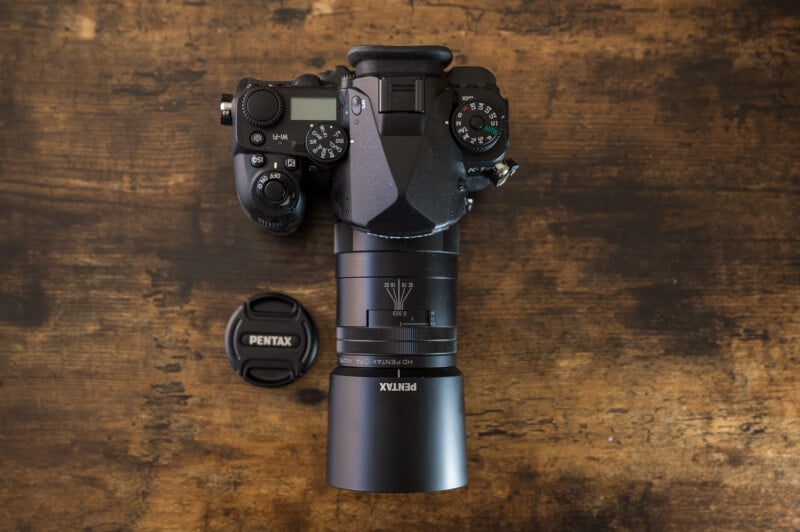
The lens itself is rather tiny and slim compared to many other macro lenses (or lenses in general) that I’ve tested in the last few years. I was actually somewhat shocked at how small it is when I saw the 100mm focal length. It measures a mere 3.2 by 2.6 inches with a 49mm front lens filter thread, with the lens hood adding what feels like nearly another lens to the length of the package.
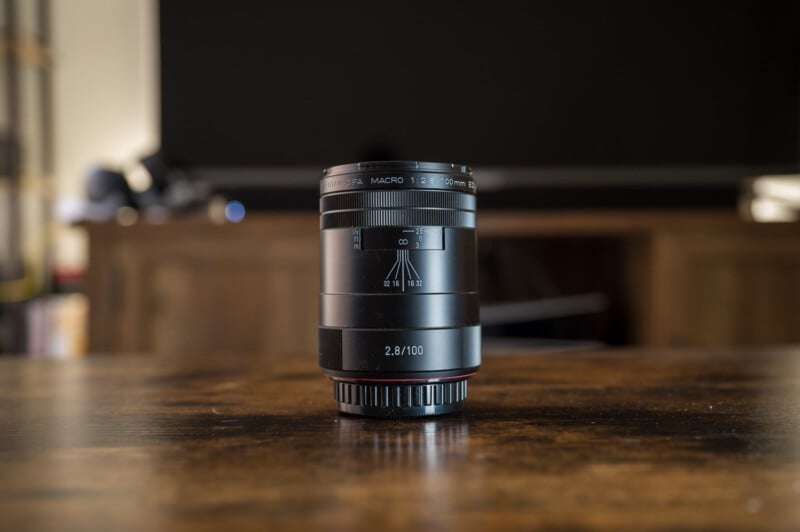
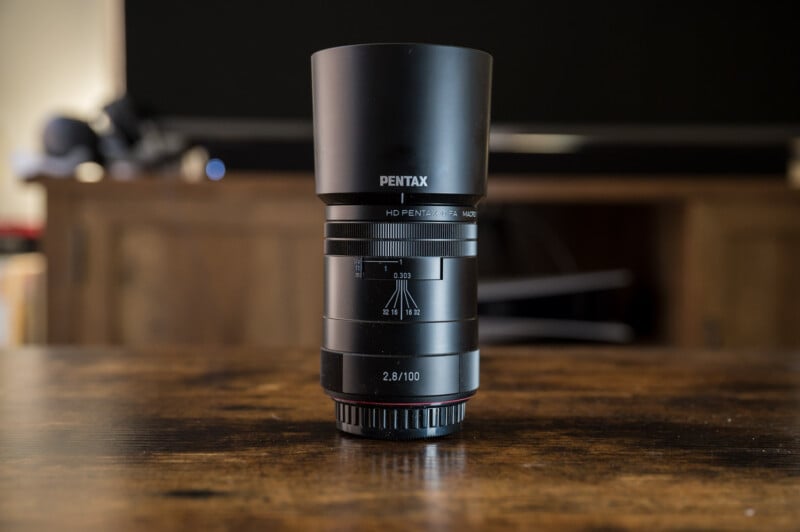
This kind of stood out to me as odd at first until I extended the zoom of the lens and saw the system features an inner barrel that telescopes out for dealing with extreme close focus, so you would want that hood to ensure the inner barrel is protected. It also provides shade from glare.
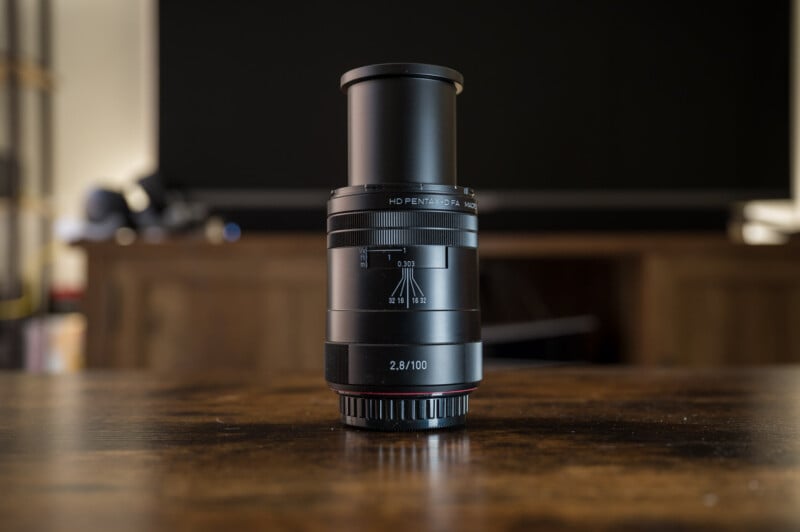
Comprised of polycarbonate (for the inner barrel) and anodized aluminum (for the outer barrel), the lens feels impressively sturdy and decently balanced despite its small 0.77-pound (12.3-ounce) weight. The metal mount for the macro lens adds to the sturdiness to ensure the system has a very stable and secure connection to the camera.
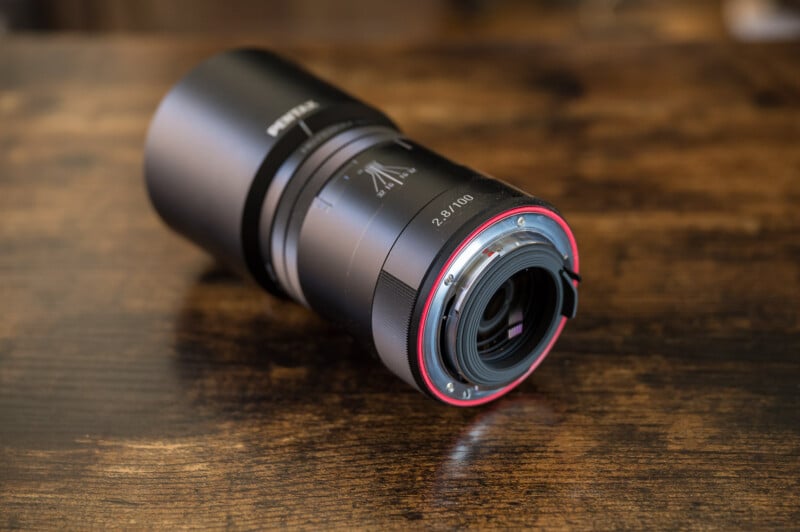
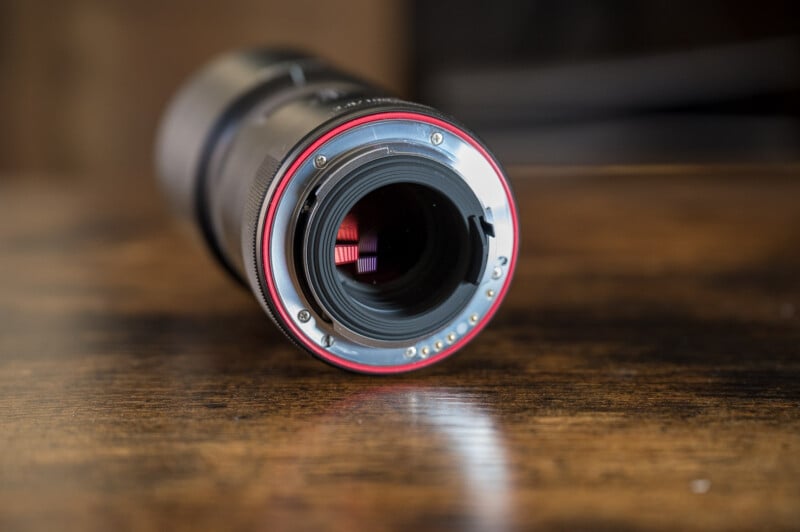
According to Ricoh, one of the most notable features of this lens is its Quick-Shift Focus System, which allows you to switch instantly between auto and manual focus with a simple twist of the focus ring. This feature makes it easy to make fine adjustments to focus without having to switch between modes should the AF motors not land exactly where you want them to.
It turns out that this is a very good feature as frequently during my testing the AF motors were often lacking in their accuracy. I’d find myself waiting for the system to hunt forwards and backward a few times before it would land on a zone or just give up, leaving me to manually make adjustments.
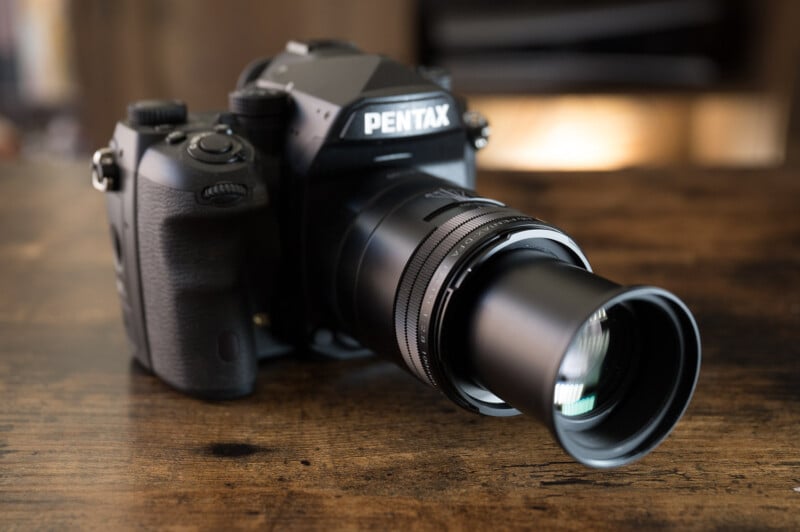
The focus ring itself turns quite smoothly with a hard stop at infinity and 0.303-meter focus marks, along with two ridged grips on either side of the lens barrel placed nicely at the base for easy grasping when mounting or removing the lens from the camera. Normally you’d expect to see a focus limiter switch which is present on many telephoto and macro lenses, but for some reason, this isn’t present on the HD D FA Macro 100mm f/2.8 ED AW lens. Instead, the feature has been added as an in-camera function which has been pushed out to the (recent) Pentax lineup of cameras through firmware updates released since the lenses launch.
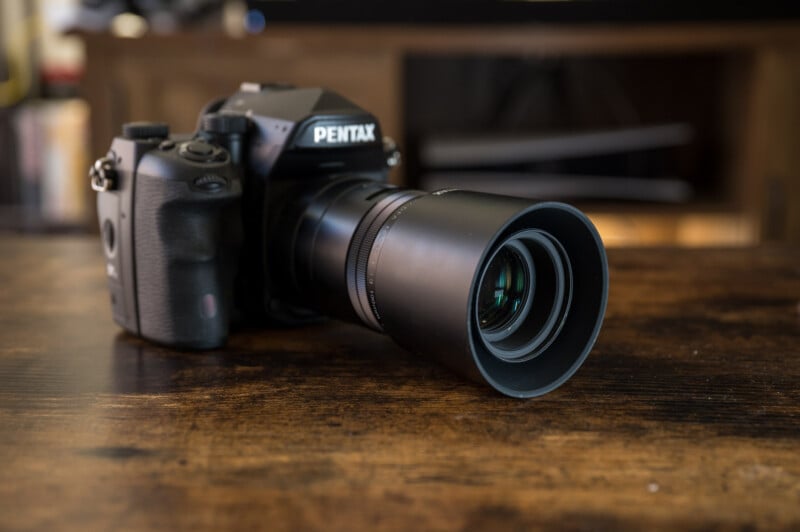
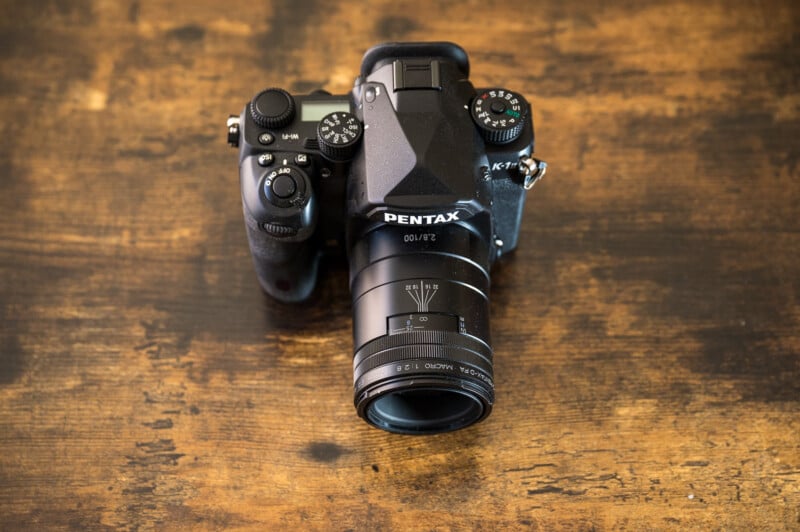
Pentax 100mm Macro: Performance
As I mentioned above, the autofocus with this lens was occasionally frustrating especially when trying to work at the more extreme close-up focus zones and in low light situations. I can’t say for sure, but at least in my testing, the autofocus struggled a lot when the contrast in the image was low or the colors/textures rather consistent across the frame. Despite this frustration, it was rather easy to quickly manually adjust the focus after the AF stopped, and at least then the images were impressively clean.
I think what caught me by surprise was the screw-driven focus and telescoping design. It seemed like a step backward to go this route as even in brightly lit and in high contrast situations, the autofocus feels slow and is definitely noisy compared to other modern designs. After doing some digging I found that this design (instead of an internal focus) was made to prevent the company from having to make an entirely new optical formula as opposed to just improving on the existing one.
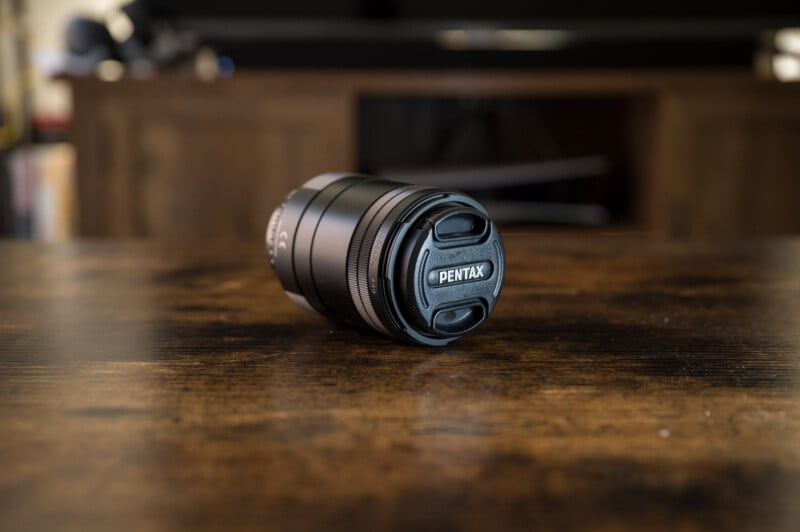
The redesigned lens now features 10 elements in 8 groups (as compared to the 9 elements in 8 groups of its predecessor), which Pentaxy says helps reduce any chance of flare or ghosting when shooting farther-off objects due to the deeply recessed design. That being said, I think macro photographers who are used to using on-lens lighting may have some headaches with this system due to the telescoping nature of the lens. While I’ve never really used this type of setup in my shooting personally, after speaking with some macro-photographer colleagues, they’ve all stated they’d end up going with off-camera lighting were they to use this particular lens/camera setup.
Diving into the actual image quality and bokeh, the HD Pentax-D FA Macro 100mm f/2.8 ED AW lens actually doesn’t disappoint. The new optical formula and extra-low dispersion (ED) glass element actually does help minimize chromatic aberration, flares, and ghosting in the shots, leaving you with impressively sharp and clear images of your intended targets, no matter the aperture.
As a comparison, I’ve created a few gifs of wider and tight shots at the full aperture range of the camera with no profile adjustments/corrections applied and only adjusted the exposure so they are consistent across the shots for easier viewing:
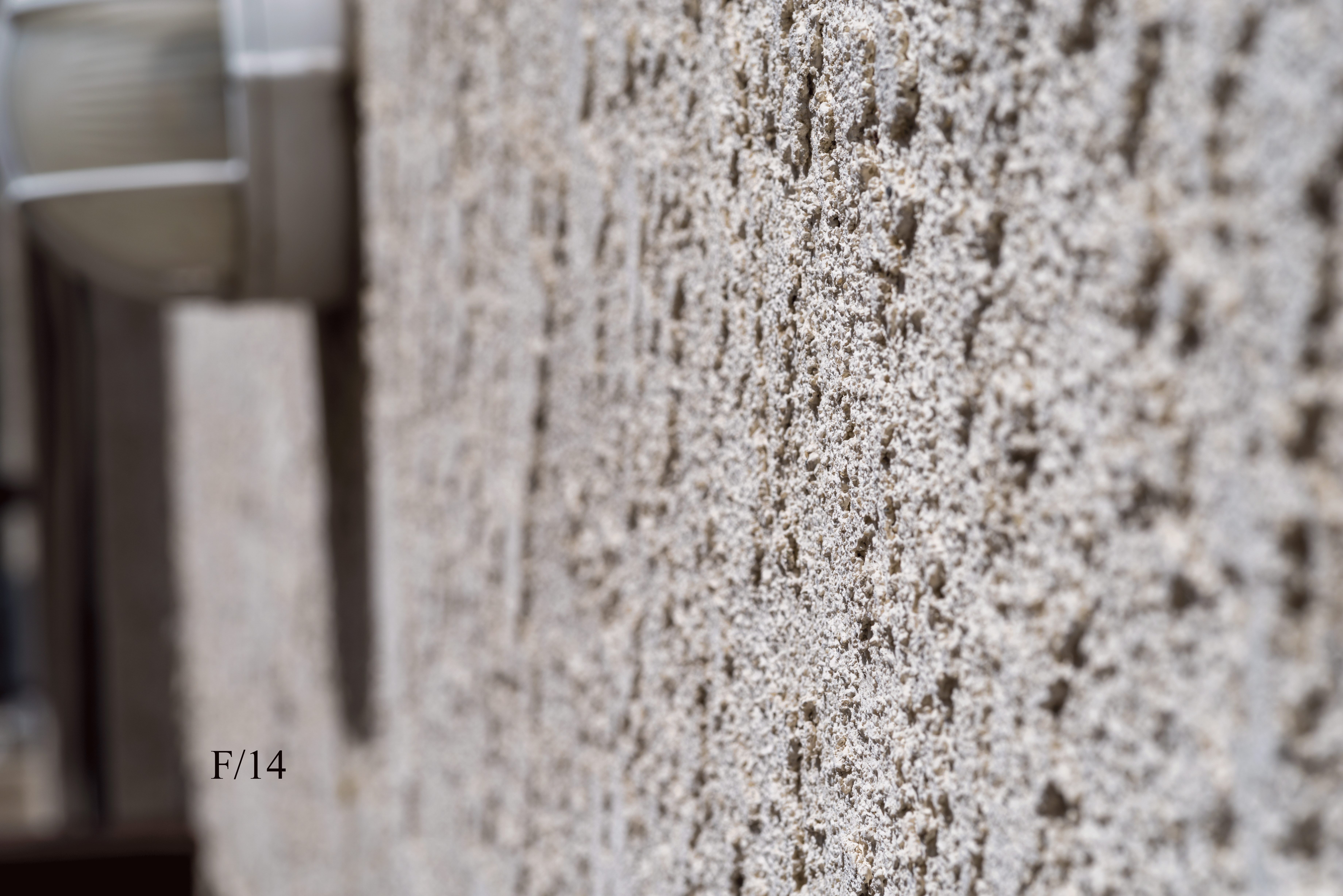
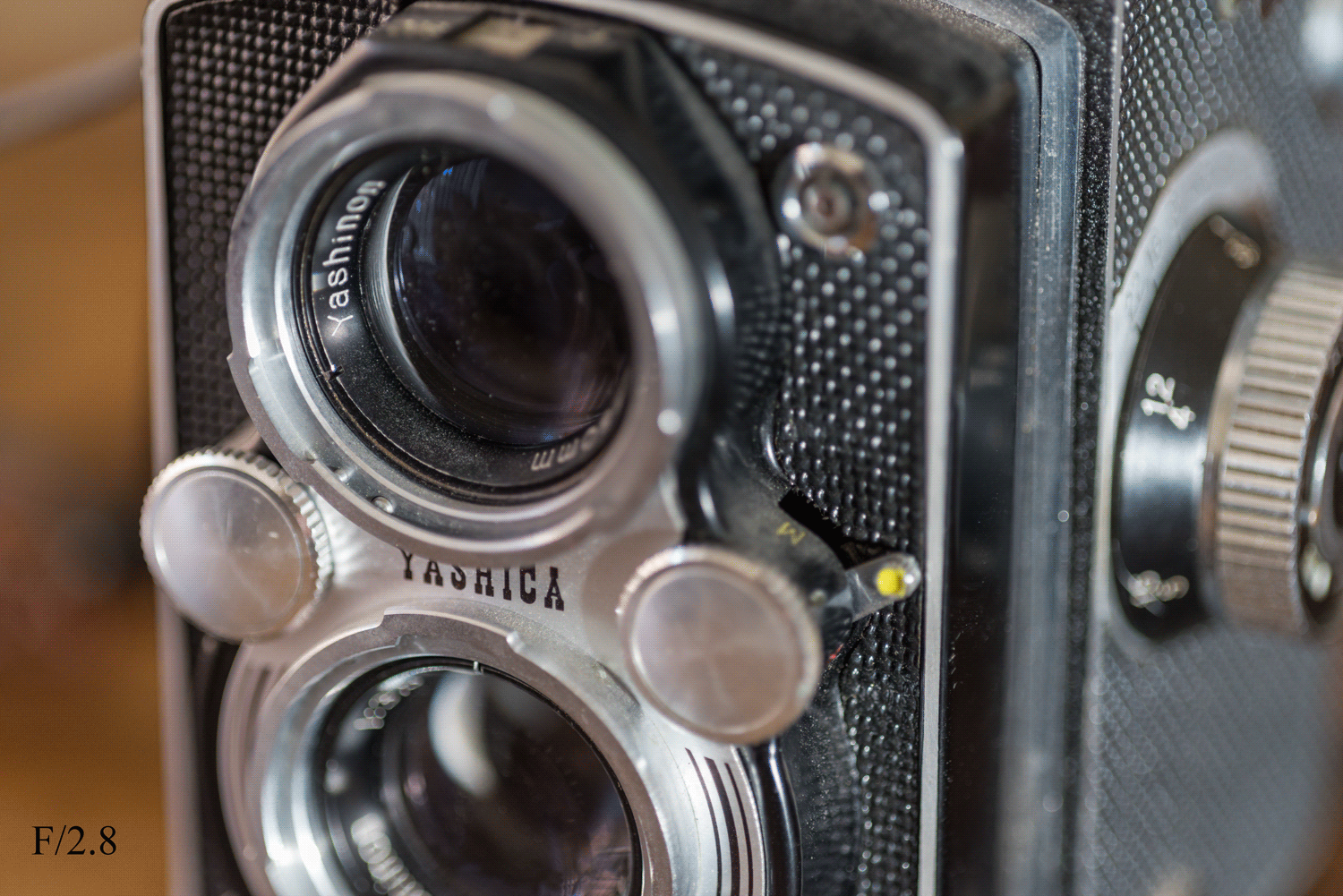
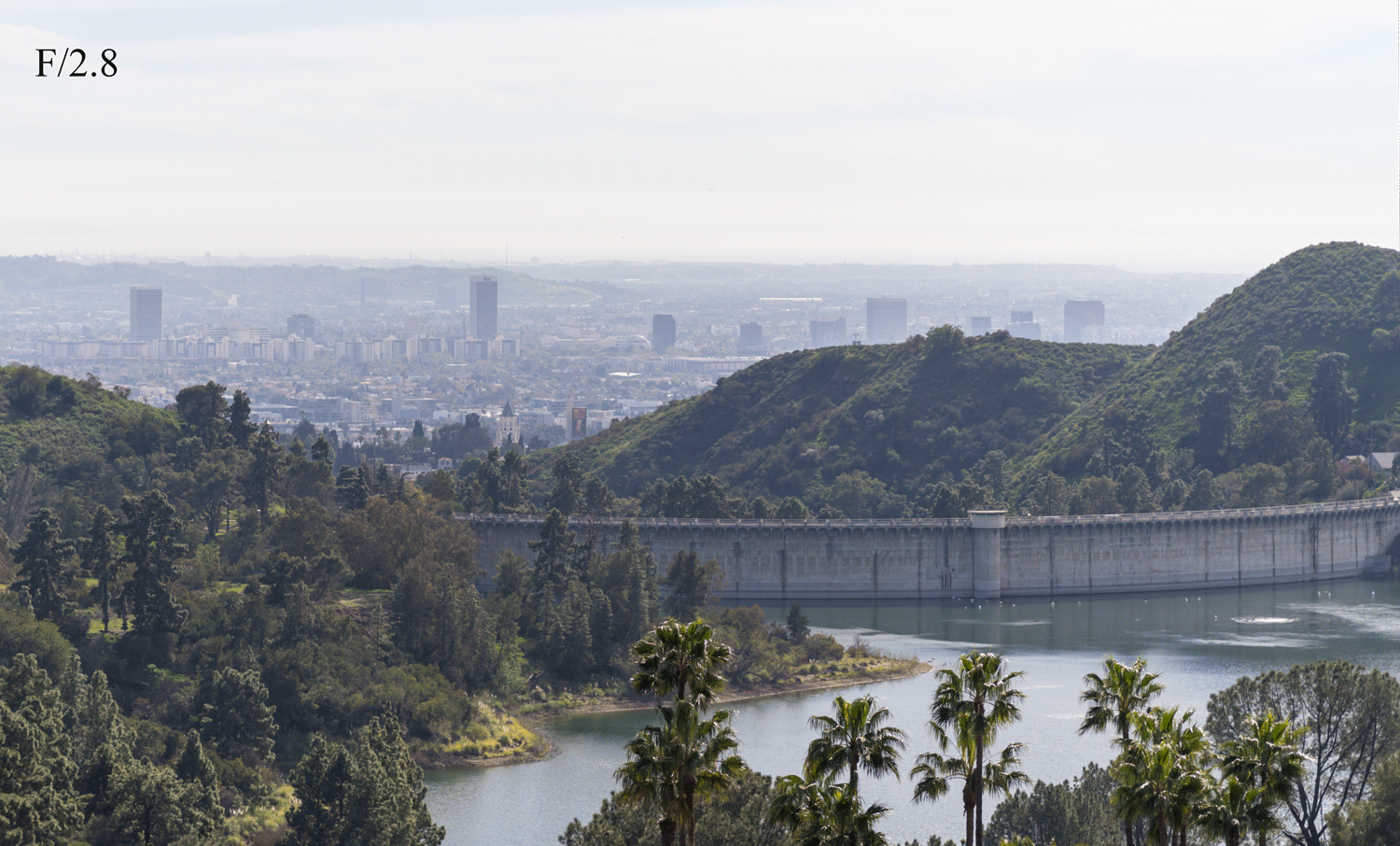
The lens has a minimum focusing distance of 0.3 meters, which means you can get pretty up close and personal with your subjects and still capture stunning details. The lens also has a maximum magnification of 1:1 which, on paper, allows you to achieve true macro photography. Additionally, even though this is a macro lens, the creamy bokeh does actually make for an impressive portrait photography lens as well.
The images are very clean and sharp from f/2.8 to f/11, once you go from f/16-f/32 you can get much more in focus per shot, but things start to soften up once you get to those ranges. Despite this, there’s very little optical distortion, no visible color fringing/bleeds, and the vignetting is only very subtly noticeable at the f/2.8 to f/4 range.
Below are some sample images captured with the Pentax-D FA Macro 100mm F2.8 ED AW:
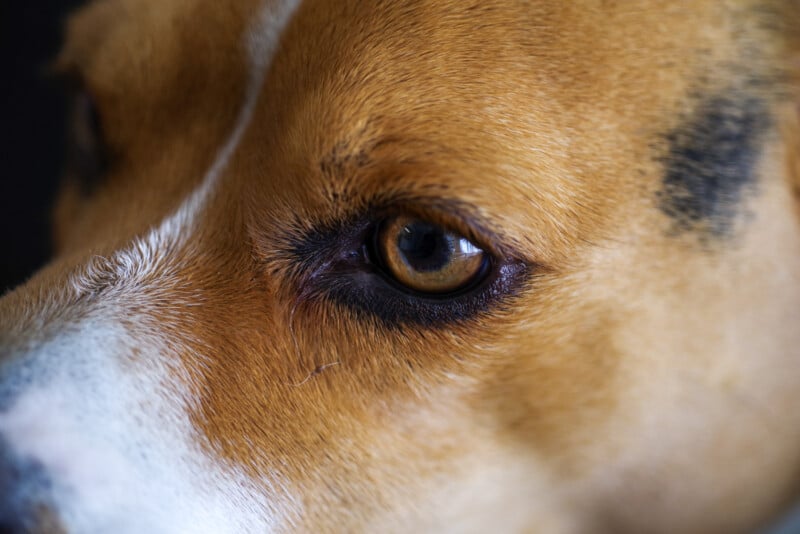
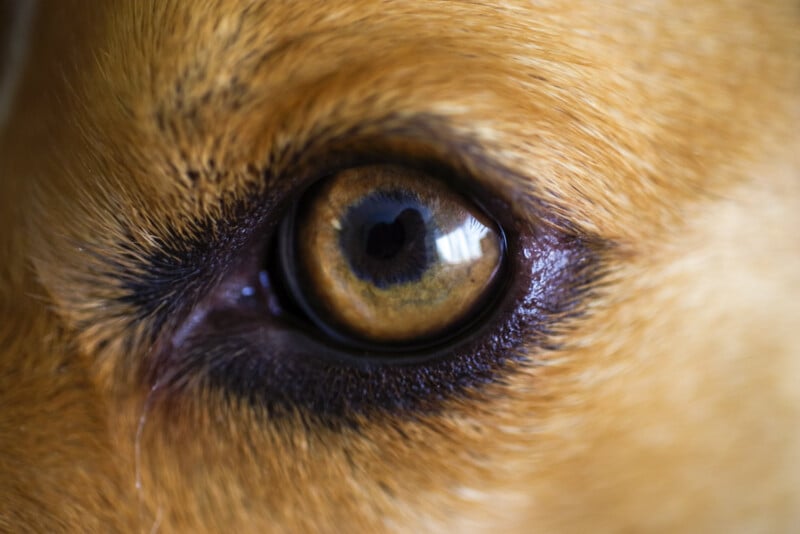


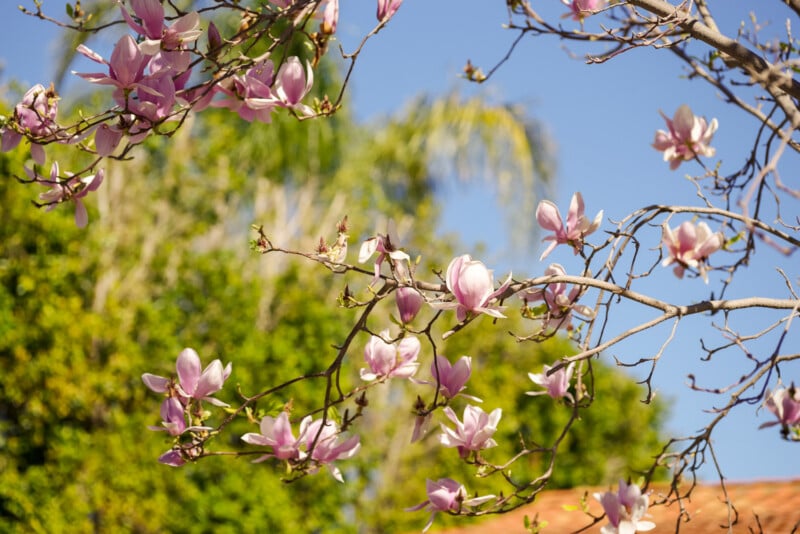

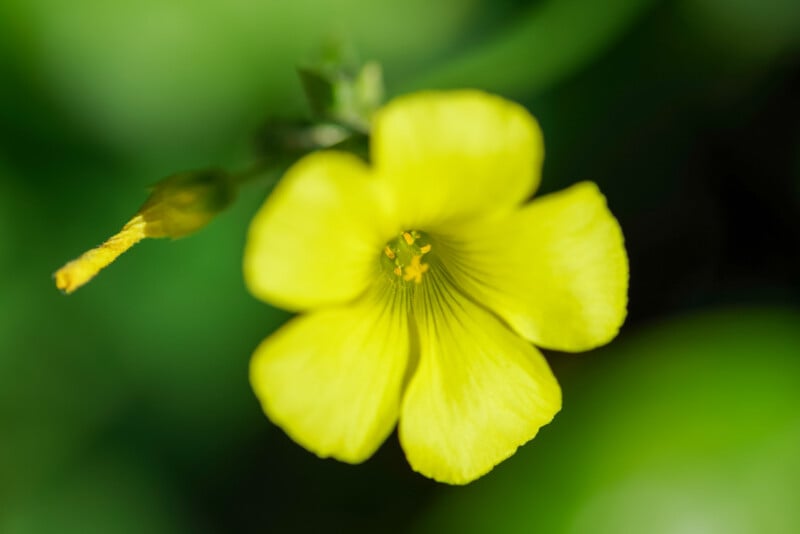
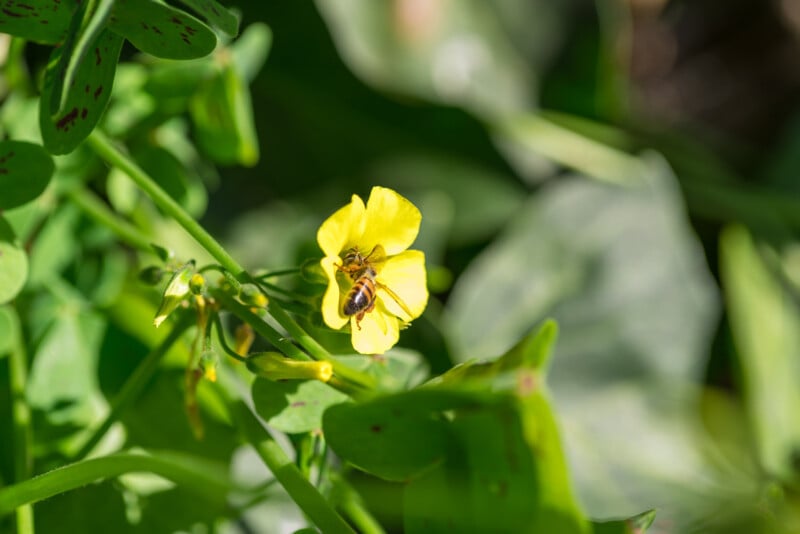



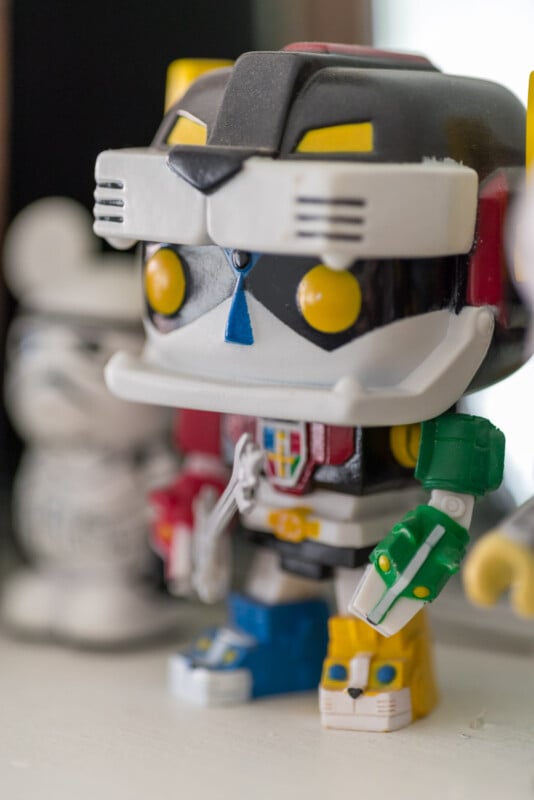
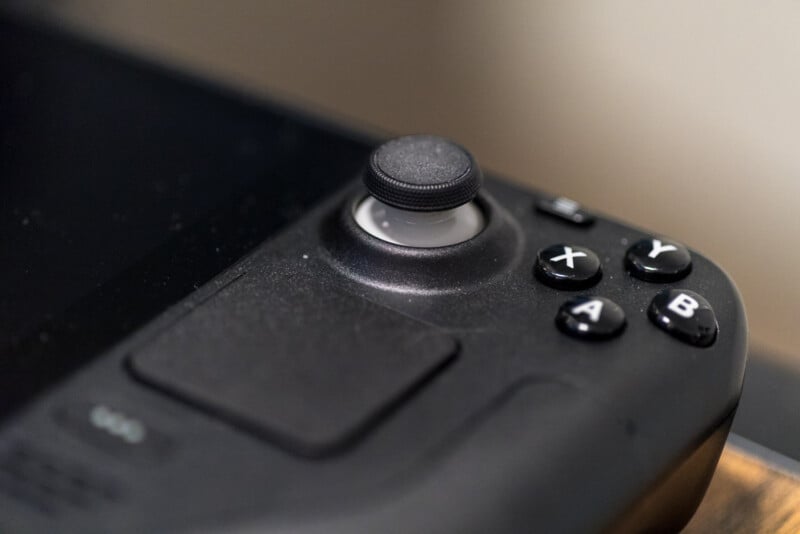

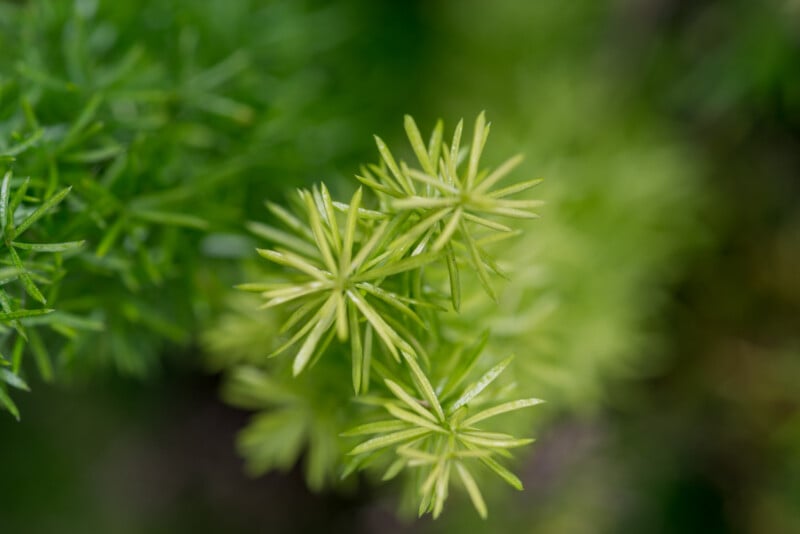
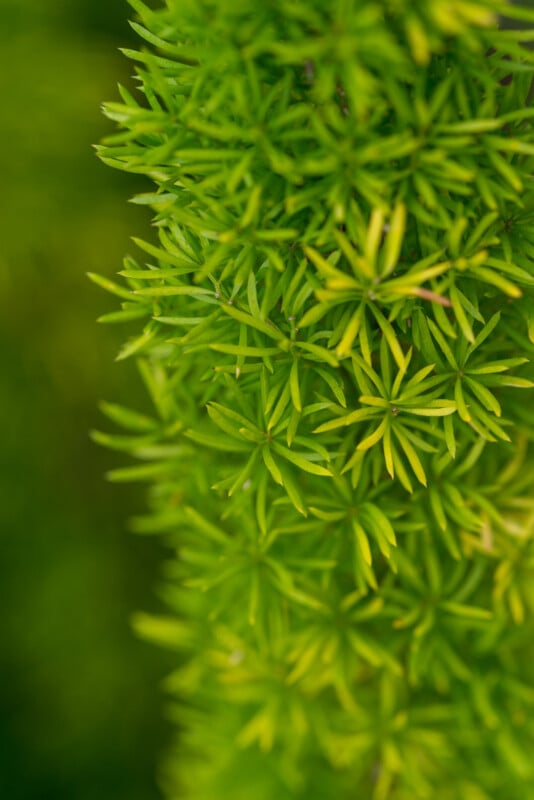
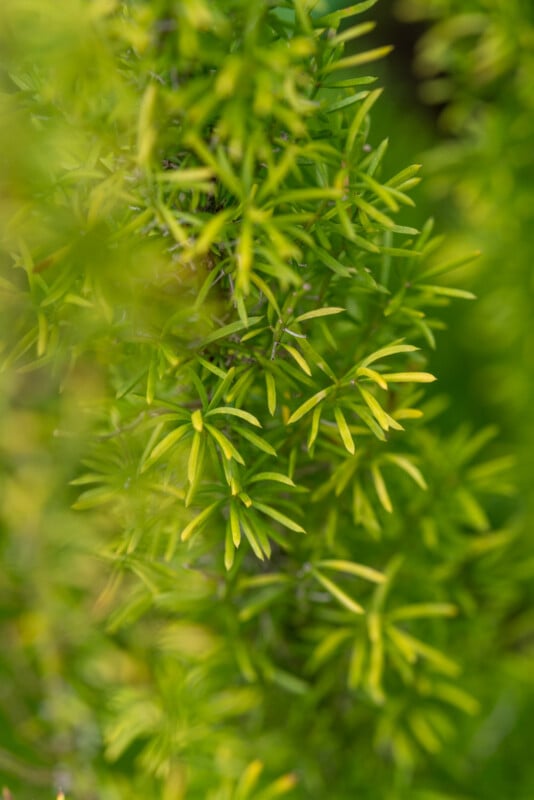



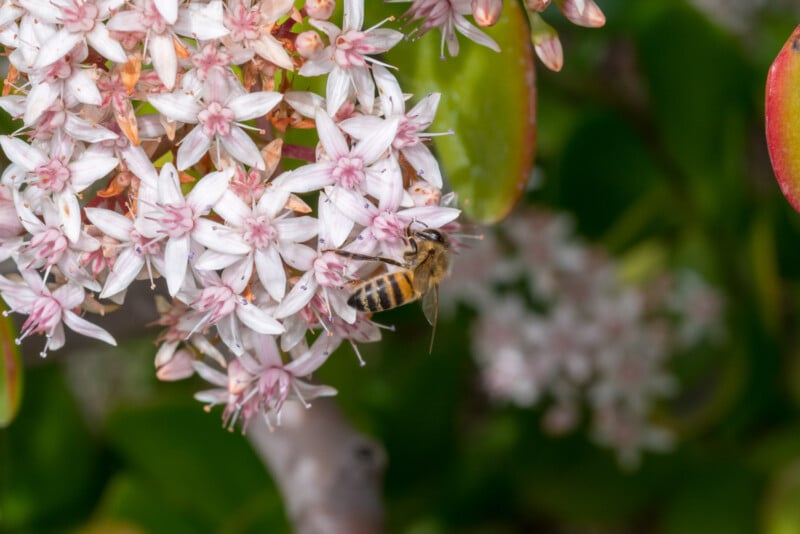
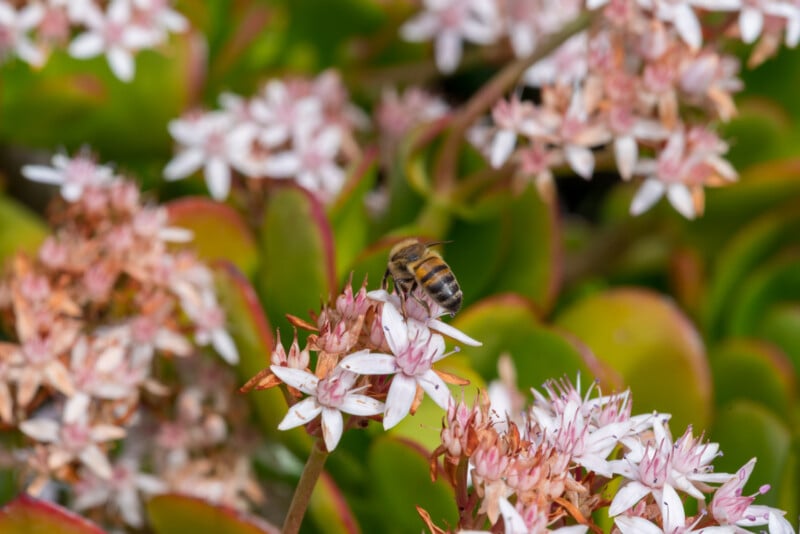
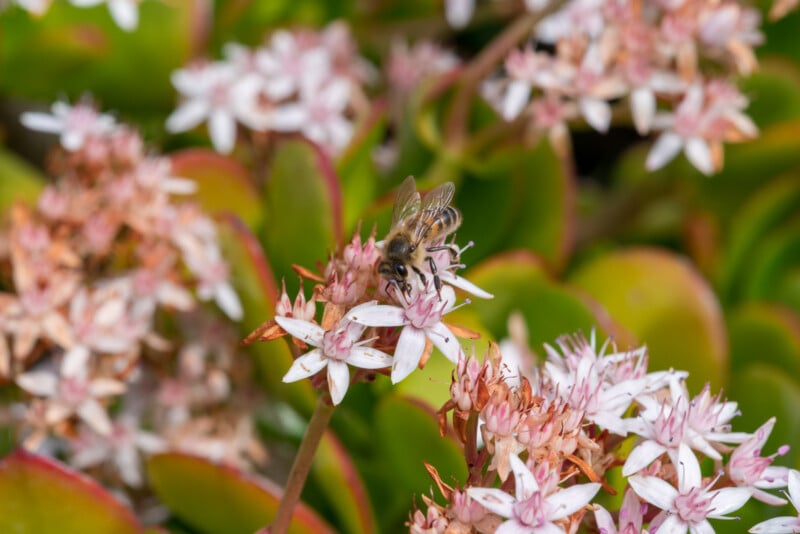
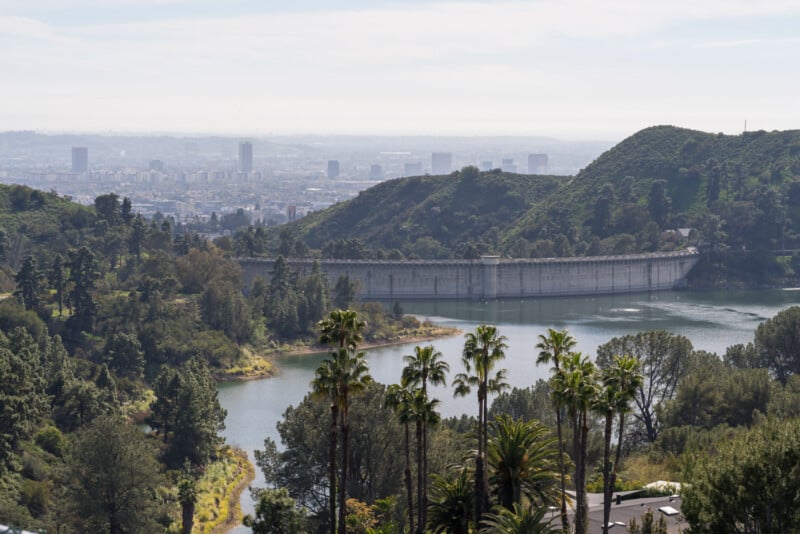

Pentax 100mm f/2.8 Macro: Impressive Image Quality in an Antiquated Design
While the HD Pentax-D FA Macro 100mm F/2.8ED AW Lens delivers impressive image quality and pairs that with faster autofocus than its predecessor, the choice to go with the screw-driven telescoping focus design seems like a fundamental design flaw. I’ll be honest, despite the images actually being really nice and impressively sharp, after working with several newer mirrorless macro options recently, using the “mechanical” Pentax was frustrating most of the time I had it out, and I didn’t exactly love using it.
That said, it’s actually nice that Pentax has updated the macro lens to give its user base an improved and higher-quality macro lens option at a relatively affordable price. So, if you’re a Pentax shooter looking for a higher-quality AF macro lens that will help you achieve better macro images, the $547 HD D FA Macro 100mm F/2.8 ED AW is definitely worth considering.
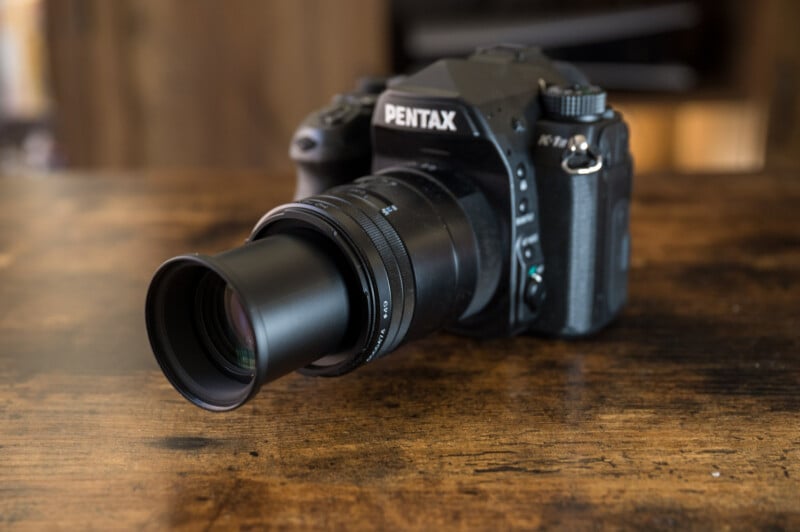
Are There Alternatives?
While it’s arguable that this particular lens is one of the better ones as far as image quality is concerned that you can get for Pentax, there are a handful of alternatives available for shooters looking for a good macro lens. The previous-generation $349 Pentax D FA 100mm F/2.8 Macro WR lens won’t be as sharp or clean but it will save you a few hundred dollars.
Alternatively, you can go for the $595 IRIX 150mm f/2.8 Dragonfly Macro Lens which will give you a little extra reach, but it is a manual focus system only. Keeping with the 100mm range, there is the $999 Meyer-Optik Gorlitz Trioplan 100mm f/2.8 II Lens and another slightly cheaper manual option is the $449 Venus Laowa 100mm f/2.8 Manual Aperture 2x Ultra Macro APO Lens.
Finally, the $297 Pentax Normal smc P-D FA 50mm f/2.8 Macro Lens is a wider focal length, but it does support autofocus for those who don’t want to focus manually all of the time.
Should You Buy It?
Yes, although mainly due to a lack of better options. Despite the hiccups, the lens does have some impressive performance, durable construction, and versatile features making it one of the better macro lens options for Pentax shooters.